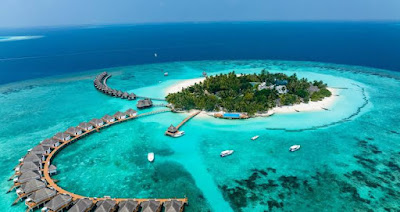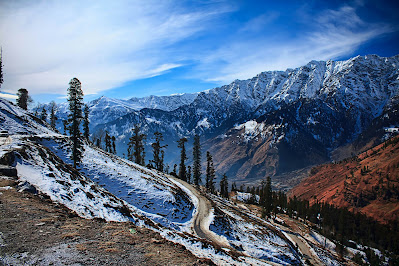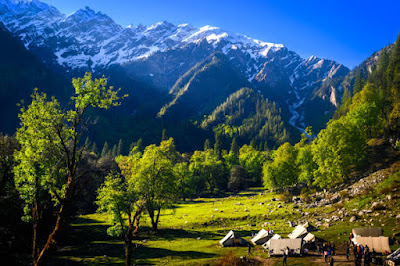The Maldives is a tropical paradise in the Indian Ocean, renowned for its pristine white-sand beaches, crystal-clear waters, and luxurious overwater villas. It's made up of 26 atolls consisting of over 1,000 coral islands, making it one of the most stunning destinations in the world for relaxation, diving, and marine life exploration.
Here’s a quick overview of some highlights about the Maldives:
Best Resorts in the Maldives
- Soneva Jani - Famous for its luxurious water villas with private slides leading into the lagoon.
- Baros Maldives - Ideal for couples, with stunning coral reefs and serene vibes.
- The St. Regis Maldives Vommuli Resort - Known for its opulent villas and world-class service.
- Gili Lankanfushi - A sustainable luxury resort offering eco-friendly accommodations.
- Constance Moofushi - A great mix of luxury and affordability, perfect for divers.
Top Activities in the Maldives
- Snorkeling and Diving - Explore vibrant coral reefs and marine life, including manta rays, turtles, and whale sharks.
- Overwater Dining - Enjoy exquisite meals with ocean views at places like Ithaa Undersea Restaurant.
- Island Hopping - Visit inhabited islands to experience local culture or uninhabited ones for secluded beauty.
- Water Sports - Try kayaking, paddleboarding, jet skiing, and parasailing.
- Sunset Cruises - Sail on a traditional dhoni and spot dolphins while enjoying a sunset.
When to Visit
- The best time to visit is from November to April (dry season). May to October is the wet season, with occasional rain but also fewer tourists and better deals.
If you're looking for resorts in the Maldives, here are some great options tailored to different preferences:
Luxury Resorts
- Soneva Jani
- Highlights: Stunning overwater villas with private pools and water slides, open-air cinemas, and stargazing observatories.
- Perfect For: Honeymooners and families seeking exclusive luxury.
- Price Range: $$$$$
- The St. Regis Maldives Vommuli Resort
- Highlights: Extravagant overwater and beach villas, a unique whale-shaped overwater spa, and incredible service.
- Perfect For: Ultra-luxury seekers.
- Price Range: $$$$$
All-Inclusive Resorts
- Constance Moofushi
- Highlights: A barefoot luxury experience with exceptional diving spots nearby.
- Perfect For: Couples and divers looking for an all-inclusive package.
- Price Range: $$$
- Hurawalhi Island Resort
- Highlights: Home to the world’s largest undersea restaurant, "5.8 Undersea."
- Perfect For: Food lovers and romantic getaways.
- Price Range: $$$
Budget-Friendly Luxury
- Sun Siyam Olhuveli
- Highlights: Multiple pools, beachfront and overwater villas, and family-friendly facilities.
- Perfect For: Those seeking luxury on a budget.
- Price Range: $$
- Reethi Beach Resort
- Highlights: Affordable beachfront bungalows and an eco-conscious vibe.
- Perfect For: Nature enthusiasts and budget-conscious travelers.
- Price Range: $$
Family-Friendly Resorts
- Amilla Maldives Resort and Residences
- Highlights: Spacious villas, kids' clubs, and plenty of family activities.
- Perfect For: Families traveling with children.
- Price Range: $$$$
- Anantara Dhigu Maldives Resort
- Highlights: Family-sized beach villas and safe, shallow lagoons for children.
- Perfect For: Families with younger kids.
- Price Range: $$$
Unique Experiences
- Gili Lankanfushi
- Highlights: Rustic, eco-luxury villas built with sustainability in mind.
- Perfect For: Couples looking for tranquility and a private experience.
- Price Range: $$$$
- Kudadoo Maldives Private Island
- Highlights: A private island with only 15 residences, offering fully inclusive luxury and ultimate privacy.
- Perfect For: Private celebrations or secluded getaways.
- Price Range: $$$$$










